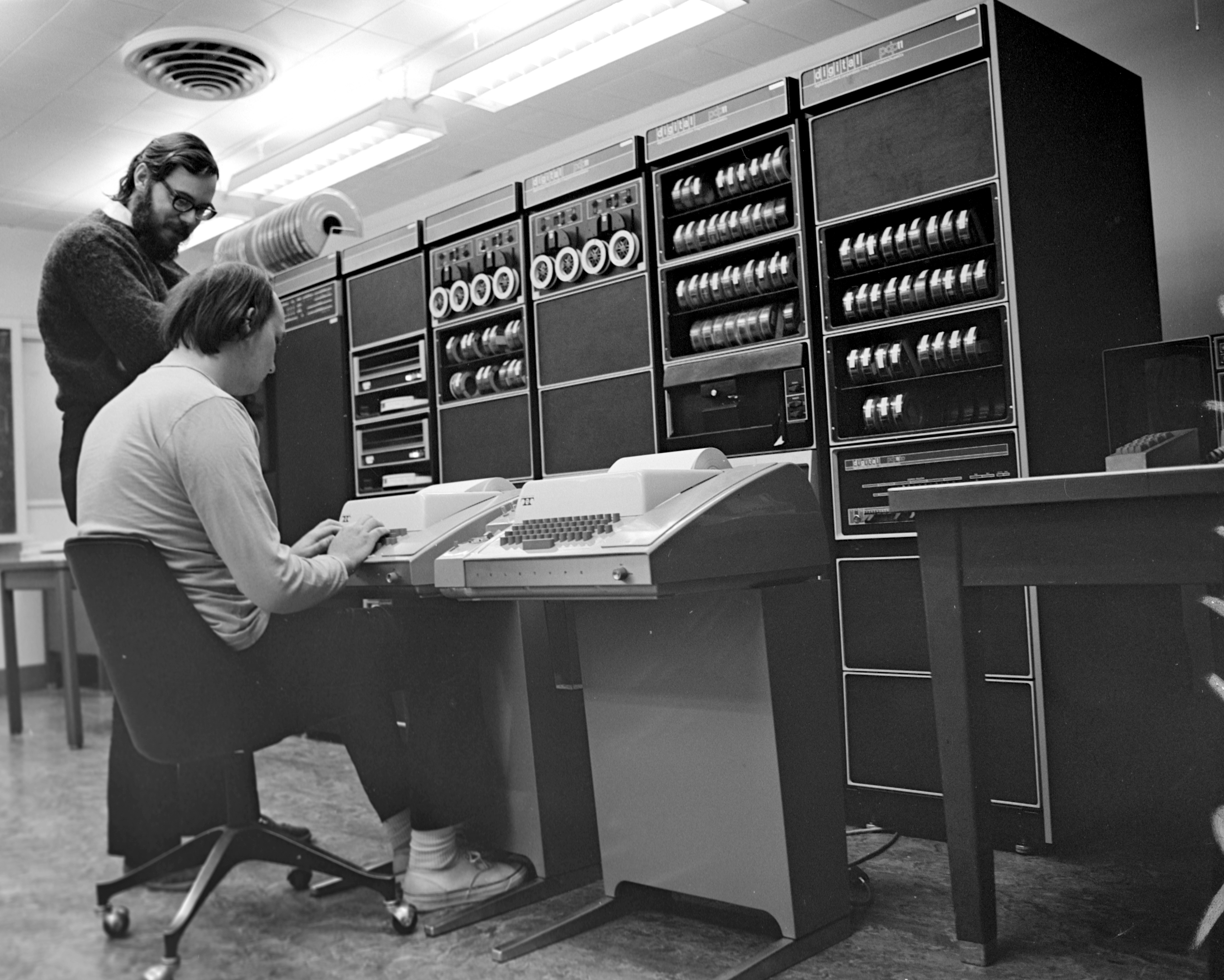Leading Teams: Lessons from Bell Labs

Throughout my entire career, Bell Labs and the work that was done there stands as a beacon, guiding the path I’ve walked and sharing the lessons to those who dare to redefine the boundaries of our modern distributed world. The pivotal work done at Bell Labs during the development of Unix not only laid the foundation for the digital age but also for a culture of innovation under the Unix Philosophy that continues to inspire me everyday and something I return to and study again and again, over and over as my experience in the field grew and grows.
Here is my interpretation of their work culture aimed at fostering innovation and excellence in technology teams and projects.
Promoting Autonomy and Ownership
The first cornerstone of a thriving innovation culture is empowering teams with autonomy and ownership over their projects. This empowerment goes above and beyond technical decision-making, extending into the subtlety of development process management. By fostering a sense of ownership, teams are inherently motivated to innovate, driving the architecture forward with a vested interest in their success.
Encouraging Cross-Disciplinary Collaboration
Bell Labs’ success was, in part, due to its interdisciplinary approach and fostering a collaborative environment that helped destroy what we have all experienced the “not invented on my team” syndrome. Today, encouraging cross-disciplinary collaboration through workshops, hackathons, and tech talks can mirror this success, bringing together engineers, DevOps, and architects to solve problems in innovative ways. This goes beyond just the technical minds but also includes the business and product teams, ensuring that the solutions are not just technically sound but pushes outside ideas and boundaries that technical teams might not see.
Instituting a Culture of Experimentation
A culture that encourages experimentation and challenges “We have always done it this way!” paves the way for groundbreaking innovations. Allocating time and resources for teams to explore new technologies and methodologies fosters an environment where creative solutions flourish, and not chained by the fear of failure. Mythbusers always say “Failure is always an option” and this is true in the sense that failure is a learning opportunity, not a final destination.
Fostering a Learning Environment
Continuous education and learning are paramount in keeping teams at the cutting edge of computing. Investing in training, conferences, and online resources cultivates an innovative mindset, ensuring teams remain agile and informed. Giving your people time away from the vortex of delivery mode is essential to keep their ideas fresh and free flowing. This translates to higher morale and confidence in the team’s ability to deliver innovative solutions.
Implementing a Meritocratic Recognition System
Innovation thrives in environments where contributions are recognized and rewarded based on merit. From deploying new microservices to devising ingenious solutions, acknowledging achievements create a friendly competitive yet positive atmosphere, driving further innovation.
“Peer pressure and simple pride in workmanship caused gobs of code to be rewritten or discarded as better or more basic ideas emerged. Professional rivalry and protection of turf were practically unknown: so many good things were happening that nobody needed to be proprietary about innovations” - Doug McIlroy
Promoting Openness and Transparency
Open and transparent communication builds trust and encourages the free flow of ideas. Sharing successes and failures equally creates a foundation for collaborative problem-solving and innovation, embodying the spirit of Bell Labs. Remember, the best ideas can come from the most unexpected places and nothing is personal, it’s all about the sharing of knowledge and nor to air failure negatively.
Simplifying and Standardizing
The Unix Philosophy talks about simplicity and standardization, principles that are critical in today’s complex systems. Encouraging simplicity in design and standardizing tools and platforms can significantly reduce complexity, enabling teams to innovate more freely. We’ve seen this in the rise of Kubernetes and the CNCF projects, where standardization has allowed for a rapid pace of innovation and adoption.
Advocating for and Utilizing Open Source
Bell Labs’ legacy of sharing Unix is a testament to the power of open source. Embracing open-source technologies and contributing to open source projects enriches the tech community and exposes teams to a myriad of ideas and practices. Stop close sourcing everything, open source it and let the community help you build it.
Fostering a Supportive Environment for Innovation
Innovation requires not just freedom but also support. Providing teams with the latest tools, technologies, and access to cloud infrastructure empowers them to experiment and innovate, creating solutions that resonate with creativity and purpose.
Encouraging Practical Problem Solving
Guiding teams to focus on solving real-world problems with practical solutions echoes the pragmatic approach of Bell Labs. This focus ensures that innovation is not just about novelty and the allure of new technology or “shiny object” chasing but about delivering tangible value.
Proverbs for Innovation
- “Let us not be shackled by the present but be architects of the future.”
- “As a team, together, we find strength; in diversity, solutions.”
- “Failure is but a stepping stone on the path to innovation. Embrace it.”
- “Knowledge shared is knowledge multiplied.”
- “Recognition is the engine behind progress.”
- “Transparency builds the bridge between skepticism and trust.”
- “Seek simplicity, but distrust it not; for in its core lies clarity.”
- “Give back to the community from which we draw knowledge.”
- “The most profound solutions are often the answer to the simplest questions.”
- “Create an ecosystem where ideas, like seeds, can sprout and flourish.”
Conclusion
By integrating these strategies, inspired by the Unix Philosophy and early Bell Labs, into the DNA of our teams and projects, we can create an environment around innovation. The trail set by Bell Labs serves as a reminder that with the right culture, collaboration, and support, the boundaries of what is possible can always be expanded.